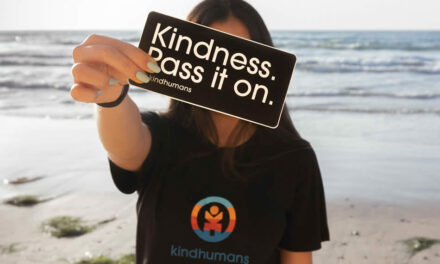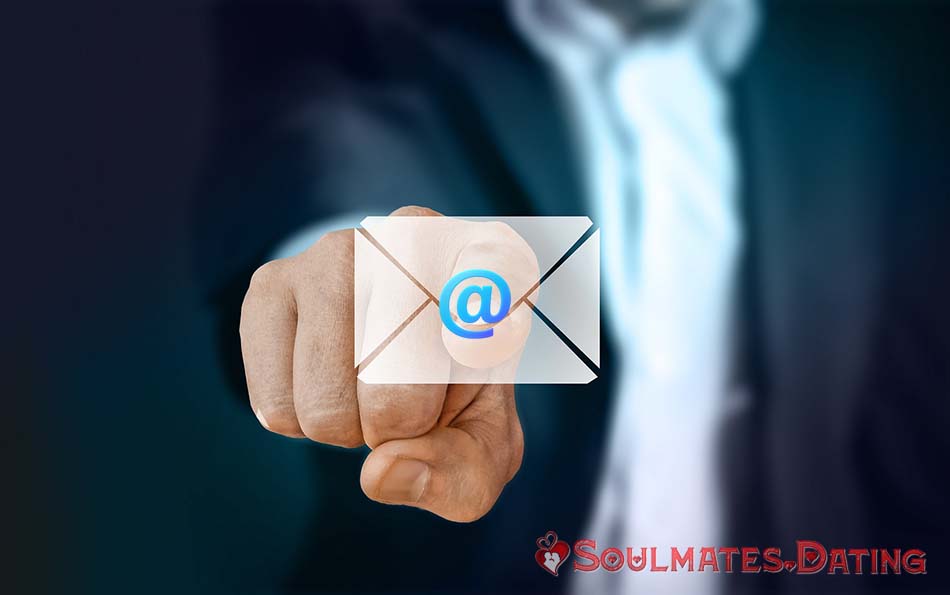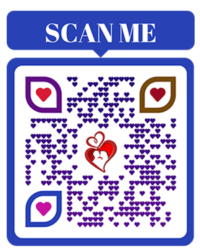The #DeleteFacebook trend has users searching for a better social network.
Guess what: You’re soaking in it.
Everybody uses Facebook because everybody uses Facebook. But lately Facebook — and all the other social networks, for that matter — seems to be turning into a distracting, time-wasting and manipulative “surveillance machine” that does more harm than good.
This is a huge problem for professionals and businesses of all sizes, including enterprises. As I wrote in this column, “Facebook CEO Mark Zuckerberg is transferring wealth from your company to his.”
It’s become clear that social networks exist to extract attention and personal information from you — the more, the better.But we’re afraid to cut the cord, and we feel stuck because we want to stay in touch with people and also discover content that’s valuable to us. We also try to have a presence in most of the popular social networks.
The trouble is, which is the “good” social network? We really don’t have a lot of options.
Or do we?
- It would have a lot of users — at least as many as Facebook.
- Tt would filter spam and harassment, but otherwise not algorithmically sort or filter.
- It would enable us to interact with people on all the social networks.
- It would have no advertising.
- It would be user-controllable and user-automatable.
- It would be usable on both mobile and desktop.
- It would have great search (unlike Facebook).
Of course, you’ve seen my headline, so you know I’m going to argue for using email as a social network.
Nathan Schneider, a professor of media studies at the University of Colorado, said it best: “Email is the most resilient social network on the internet … and the thing that allows it to adapt is that it’s an open protocol, and people build apps on top of it, and we evolve how we use it.”
Let me explain why email is by far the best social network.
Except none of this is really true — or even advisable. In fact, email has been, is and will continue to be superior to newer communications media. One reason is sheer size (enhanced network effect).
Facebook is considered the dominant social network because, as of Q4 last year, it had 2.2 billion monthly active users.
Impressive, but not as impressive as the 3.8 billion email users estimated by market research firm Radicati Group. And email users send hundreds of billions of emails every day.
Google, which now has 1.2 billion email users, according to a company spokesperson, rules the email universe. Google’s Gmail and Inbox services are also both the most innovative and best-supported platforms (often through Chrome extensions).
Google last month unveiled a new specification for something called AMP for email.
AMP, which stands for Accelerated Mobile Pages, has existed for two and a half years as a way to speed up web pages on mobile, especially news stories and other journalistic content. It’s been so successful that AMP now drives more traffic to publishers than Facebook does.
AMP for email essentially enables publishers to send emails that are contained within the web itself (instead of containing elements loaded from the web or containing links to the web). That means emails that support AMP for email can be radically interactive. Emails are also refreshed when opened, so you can update content after sending.
AMP is currently available in the form of the Google Developer Preview, but the company plans to offer it to all email clients as open source.
AMP for email is controversial because some consider it technological overkill or because it calls on a platform with open standards to use a Google standard. Still, it’s an example of the technological superiority of email over messaging, social and team-collaboration platforms, which can’t do half the things email can do.
Another Googly example is SmartReply, which uses some of the most advanced neural network tech on the planet to guess how you want to reply, then offering those options with a click.
The trouble with social networks, however, is not the people, but the sites themselves.
The biggest problem with social networks is that they’re designed with advanced A.I. to turn you into an addict. They suck you in, and systematically learn how to manipulate your brain, so that you spend hours every day descending into a rabbit hole of unproductive distraction.
The best solution is to use email as the interface to all social networks. In other words, keep the people, but drop the social apps and sites, for the most part.
Here’s how.
On each of the social networks, go spend some quality time setting up email notifications to receive the minimal notifications necessary to keep in touch with people on those networks.
On Facebook, your notification settings are here. Turn off all except Email notifications. Click on “Edit” next to “Email” and carefully tailor what you get. I recommend receiving email notifications only from “Close friends” and nothing else. You may need to first figure out who you want to include or fine-tune your group of close friends.
Do the same with Twitter, Google+ and all the other social networks that are used by people you want to stay in touch with.
In your email application or site, use filters or rules to drop all social notifications into a dedicated folder. (Note that if you use Google’s Inbox, you can use Gmail to adjust the settings and they’ll apply also to Inbox.)
In desktop Gmail, create a “Social” folder, then click on the gear menu icon and choose “Settings.” Click on “Filters and Blocked Addresses” and set up rules for incoming social notifications to be dropped into your new “Social” folder.
- Delete all the social apps on your phone and never do social networking on the phone.
- Interact with your colleagues, family and friends exclusively via the notifications in that email folder.
- Do social networking only once per day, including whatever you post.
- Keep tweaking notification settings on the social networks to get the minimum number of posts while still staying in touch with the people you care about.
- When you post something, do a surgical strike from a desktop browser (don’t linger and browse — just post).
- Stop relying on social for content. Instead, subscribe to email newsletters, podcasts and YouTube video channels and have the content delivered to your email inbox through the notifications settings. (Here’s where you can subscribe to all my stuff, for example.)
- Get your email house in order; actively unsubscribe from junk and use filters or rules to weed out the garbage. The more time and attention you spend on inbox management, the better email becomes.
It’s time to fall back in love with email. Not only is email the biggest, best and most advanced social network, it’s also the best and least-distracting interface to the lesser social networks.
Stop letting Facebook and other social networks control your attention. Use email, and take back control.
![]()

























